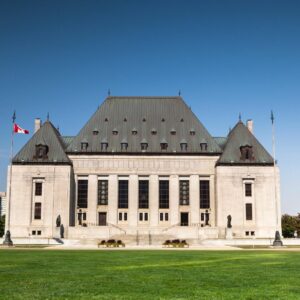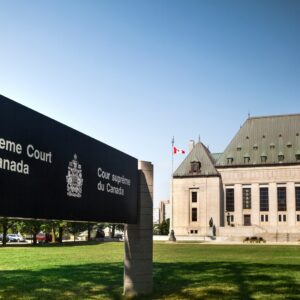New Hope for the "Walking Dead"
 |
| Screen shot of Greater Sage-Grouse from Cornell Lab of Ornithology’s Youtube video |
New information last week revealed that Greater Sage-Grouse populations continue to plummet in Saskatchewan, whilst in Alberta, small pockets of grouse are barely holding their own. The Greater Sage-Grouse, an endangered prairie bird locals call the ‘walking dead’ in reference to the wildly popular AMC drama, number just 100 individuals in Canada – down from an estimate of 125 individuals last year. However, there is still hope. Two landmark events in the past two weeks have set the stage for a change of course, unveiling opportunities for governments of all levels to work together to save one of Canada’s most iconic prairie birds.
On November 28, scientists, conservationists, ranchers, provincial government and industry representatives gathered again in Manyberries, Alberta to discuss immediate actions that could be taken in a last ditch attempt to prevent the species from becoming extinct from Canada. Under the banner of the “Sage Grouse Partnership” this consortium of interests lead by our partner, Alberta Wilderness Association, is proposing a multipronged strategy to tackle the most immediate threats including the deconstruction of derelict human-made structures that harbor predators like owls, coyotes, raccoons and ravens.
Specialists will work with ranchers to develop and implement “ranch plans” that include provisions for managing silver sagebrush habitat to provide optimal conditions for Greater Sage-grouse. The establishment of grouse-friendly management areas for the future re-introduction at the Onefour Research Farm in Alberta and the Govenlock PFRA Pasture in Saskatchewan is also being advocated for to both provincial and federal governments. Perhaps one of the more contentious proposals is to establish some sort of remuneration for ranchers who agree to manage portions of their land for Greater Sage-grouse conservation. This may involve adjusting the timing or intensity of grazing and marking or moving fences. Studies are underway to quantify the costs to ranchers of additional management efforts and possible reductions in cattle productivity on individual ranches in areas supporting critical habitat for the grouse.
Just yesterday, in response to Nature Canada’s calls for immediate action to save the Sage-Grouse, the federal government issued an emergency order to protect the Greater Sage-Grouse. A first of its kind, the emergency order may stop harmful new oil and gas developments in sensitive areas of Sage-Grouse habitat. All told, the order applies to approximately 1,700 square kilometers of land in Alberta and Saskatchewan, protecting the affected areas from many kinds of harmful construction. However, conservation experts agree that more is needed from all levels of government if the Sage-Grouse is to survive. It’s something the Alberta government has acknowledged and acted upon with its recent release of a provincial Sage Grouse Recovery Plan which aims to recover populations to a level that provides for sustainable recreational viewing and hunting.
Unfortunately the solutions to halt the species’ demise are neither simple nor immediate. Habitat destruction along with other pressures such as disease and hunting has brought the species to its knees. And now predators including ravens, coyotes, and owls have increased significantly over the last couple of decades, putting pressure on adults especially around key lekking areas where male grouse strut their stuff to court females in the spring. Infrastructure projects including oil and gas wells and associated roads and fences continue to be built in some areas, further pushing the sensitive grouse out of the few remaining suitable habitats. All the while, the quality of silver sagebrush habitat is declining and the once large sagebrush plants have been replaced by shorter plants that provide less protection from the elements and predators. If these issues were not significant enough, the multi-jurisdictional challenges of working locally, provincially, and across borders nationally and internationally have slowed down the work that is essential to recover Greater Sage-grouse.
Time is now running out and neither plans nor emergency orders may save this species unless we move swiftly. The Sage Grouse Partnership presents a very real and viable opportunity to leverage the knowledge, expertise and resources of the individuals and organizations committed to resurrect Greater Sage-grouse from the “walking dead”.


